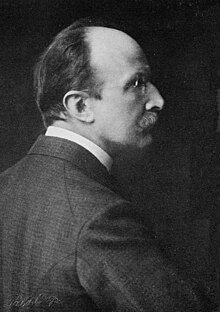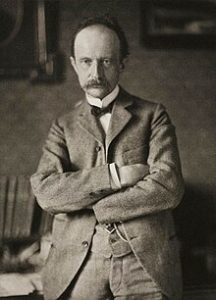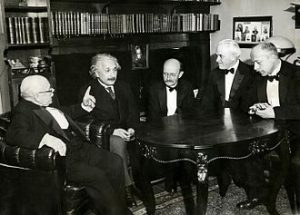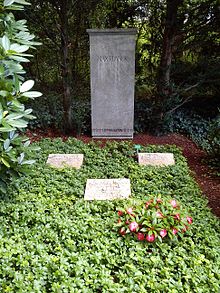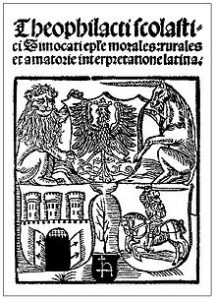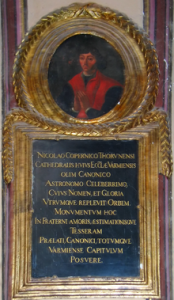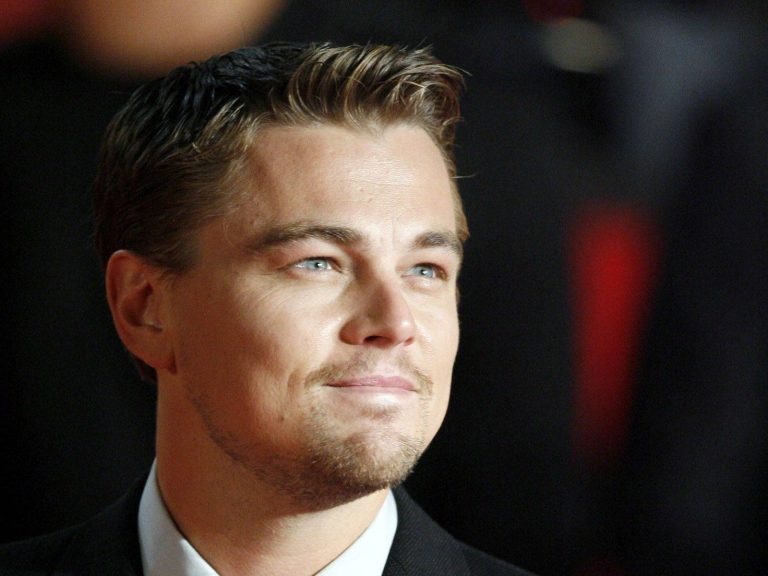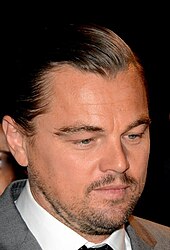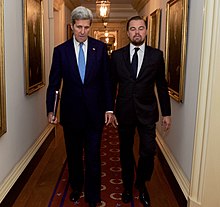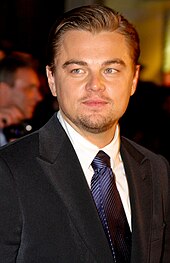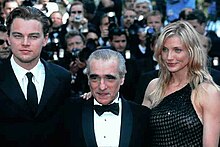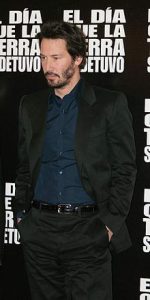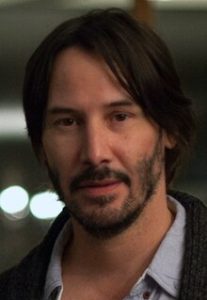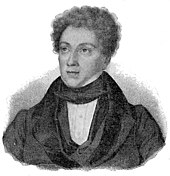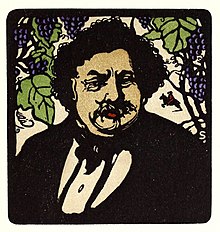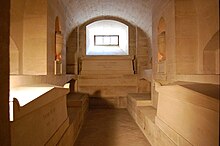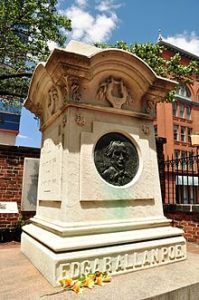The wealthiest person in the world throughout the modern era is John Davison Rockefeller. The first billionaire in American history became wealthy via entrepreneurship, perseverance, total savings, and optimization. His name is now equated with prosperity.
Early Life and Adolescence
On July 8, 1839, the future magnate was born in Richford, New York. William Avery Rockefeller and Louise Davison, the parents, were members of Baptist churches. John was the second oldest of the six children that the family reared.
Furthermore, if the mother practiced religion, the father probably lived a dissolute life, had a mistress, and had children who were not born into the family. William had a restless streak and was suspected of embezzlement and fraud after quitting his job as a lumberjack to sell questionable herbal elixirs. The man was not often seen at home, but he instilled in his kids the skill to trade from an early age. He hired John to do housework in exchange for this. The son inherited religiosity and the capacity to save from his mother, who was left to care for the children and household chores by herself.
From a young age, Little John shown his aptitude for business by selling his sisters candies that he purchased in large quantities. The youngster also made his first money at the age of seven when he was employed by neighbors to work on a farm, picking potatoes and rearing turkeys for sale. Ever since he began working, Rockefeller kept a meticulous record of his earnings and outlays in an accounting book. He saved $50 by the time he was 13 years old, and he lent it to a farmer he knew at a rate of 7.5% annually.
It seemed to me that young John was quiet and reflective. The slender, emotionless toddler deliberated for a long while before acting. In actuality, though, Rockefeller was grieving the loss of his sister and was extremely sensitive. He spent twelve hours lying face down on a patch of grass distant from his house after the girl died.
While teachers admired the boy’s tenacious memory and logical thinking, Rockefeller disliked learning. He never completed his education. His father remarried without divorcing his first wife, and he ceased being present at home when he was sixteen. John, the family’s eldest son, enrolled in a three-month accounting course at a Cleveland, Ohio, college and started seeking for work.
Company
John was hired by Hewitt & Tuttle in the accounting department for the first and only time in 1855. After a few months, the young guy was promoted to accountant and given a salary of $31, up from his initial $16 wage as an assistant accountant. When Rockefeller was promoted to manager of the business a year later, his pay was twenty times higher than that of the accountant. However, the aspirational young guy was not content with this sum because the previous manager had a considerably higher salary, so he departed after only a year in order to launch his own company.
At 10% interest, Rockefeller had to borrow $1,200 from his father in order to become a business partner of a British guy. After obtaining the required $2,000, Rockefeller joined Clark & Rockefeller as a junior partner. During the Civil War, the firm supplied the Union soldiers with agricultural products and generated a substantial profit through trading.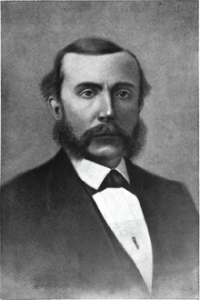
With the widespread use of kerosene lights in daily life throughout the second half of the 1800s, a new industry known as oil refining started to emerge in America. Samuel Andrews, a working scientist who was aware of the new oil field, was invited to collaborate by Rockefeller. John constructed a cutting-edge oil refinery in Cleveland with Andrews and other members of the Clark & Rockefeller corporation.
Refineries at the period only extracted kerosene from oil; the remaining forty percent was disposed of in sedimentation tanks and rivers. The partners’ plant was fully capable of separating and using every fraction, and gasoline was used as fuel on the spot.
For $72,500 (about $1 million in today’s currency), Rockefeller acquired the plant from the Clark brothers and established Rockefeller & Andrews. Railroad building and Westward development were a viable industry that Rockefeller properly identified.
John created the company Rockefeller, Andrews & Flagler with his older partner Andrews, younger brother William, and Henry Morrison Flager. The business, which was established in 1870, was the forerunner of the Standard Oil Company and already owned multiple refineries. From the extraction of oil to the selling of completed goods, the corporation was involved in the entire kerosene production cycle.
One unique aspect of the company’s operations was that John initially did not provide his staff monetary salary. The businessman offered rewards in the shape of stock in the company. Employee accountability increased as a result of this strategy since their success was now closely correlated with the company’s success.
Rockefeller’s company expansion was happening quickly. Because of his initiative and skill in negotiating with powerful individuals, he was able to get his own company’s freight transportation costs down via rail. Standard Oil oil products were carried at a cost that was two to three times less than that of competitors. John compelled other oil corporations to sell Standard Oil their production by dumping. The ambitious magnate therefore turned into a monopolist.
The US passed Senator John Sherman’s antitrust law in 1890 in response to the Standard Oil company’s operations. Over a 20-year period, Rockefeller was compelled to divide production into 34 regulated businesses. He obtained the right to have a majority interest in each of them. Capital was positively impacted by this business division; the magnate’s personal income multiplied several times over.
State
John Rockefeller received $3 million from Standard Oil every year. Experts estimate that the oil magnate’s wealth was $1.4 billion, or 1.5% of the US GDP, at the time of his death. The corporation possessed 70% of all oil fields globally. At the current dollar exchange rate, that amounts to $318 billion.
16 railroad businesses, 6 steel mills, and 6 shipping enterprises were owned by Rockefeller. He owned nine real estate firms and nine banks.
As was common in his circle, the businessman surrounded himself with luxury at the end of his life, but he chose not to publicize it to society.
The magnate’s family possessed 273 hectares of land, villas, and mansions, in addition to orange trees. John credited his personal prosperity to self-control and abiding by the twelve golden standards of life he had established when he was younger.
Books and Charity
Since he was a little child, John Rockefeller has been a practicing Protestant. He was also a model Christian who started allocating a portion of his profits to the parish he attended. If, as a young man, he gave out 6% of his monthly income, that amount rose to 10%. It wasn’t until the end of his life that the oilman broke his own habit.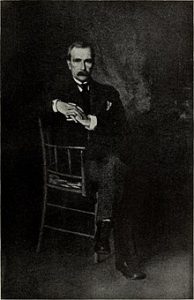
The businessman gave generously to the church in addition to numerous charitable endeavors supporting the advancement of basic science, the arts, health care, and education. John gave financial support to Baptist-affiliated universities, including the University of Chicago and the New York Institute for Medical Research, which he established. The philanthropist’s funds were used to construct the Central Philippine University. The General Education Council has been providing grants in the field of education since the turn of the 20th century.
The American South’s rural inhabitants were afflicted with hookworm, which was eliminated by the Rockefeller Sanitary Commission. The commission’s work was continued by the Rockefeller Foundation.
First published in 1909, “Memories of People and Events” was the first of the oil magnate’s many biographical books. The book “How I Made $500,000,000” by Rockefeller, which explores the background of wealth, was released in 1910. The businessman penned memoirs in 1913, detailing all the fascinating details of his own life story. Documentaries have frequently focused on the magnate’s life narrative.
Individual life
John Rockefeller wed Laura Celestia Spelman, a teacher from an affluent family, when he was 25 years old. Her practical thinking and piety drew the attention of the girl who took accounting classes with the future billionaire. The young people’s beliefs about life and the health of families, as well as their shared affection for one another, brought them together.
Laura was regarded as a suffragette who fought for the rights of all women, especially African-American women. She attended Worcester’s Women’s College and rose from a regular teacher to the position of head teacher at Hudson Street School in just four years.
After structuring her personal life, the woman followed in her husband’s footsteps by becoming a Baptist and dedicating her life to her family. John D. Rockefeller Jr., the only successor to the Rockefeller family, carried on his father’s business alongside four daughters. The family didn’t hire maids and kept renting a home even after the businessman bought an oil plant in Cleveland. The oil magnate acknowledged that his wife was the reason behind his success in business.
Following his wife’s passing, Rockefeller lived for over 20 years. He enjoyed the company of women and grew accustomed to dressing in pricey clothes over time. The old businessman frequently appeared for pictures wearing a straw hat, which was his favorite headgear.
John brought up his heirs in a unique manner. Every youngster had an accounting book in which they kept track of their financial gains and losses. There was a system in place at the Rockefeller home for rewarding kids for their labor. In spite of their rejection of all privileges, the billionaire awarded his son and daughters. For instance, a child could receive a certain amount of money for going without candy for a day. Laura approved of her husband’s austere methods of childrearing, where each child had a single bicycle and their own bed in the garden.
The wealth of the family corporation was multiplied several times over by John D. Rockefeller Jr. And until the start of the twenty-first century, five grandsons—the most well-known of whom were Nelson, Winthrop, and David Rockefeller—participated in American politics and the economy.
Demise
Living to be 100 years old and earning $100,000 (more than $3 million in today’s currency) were Rockefeller’s two life goals.
The businessman lived a long life, but by the time he was fifty years old, he was complaining of stomach issues and sadness. The billionaire’s loss of nearly all of his hair, including his mustache, was caused by alopecia. He was compelled to wear a wig starting in 1901.
The businessman passed away at 97 years old. On May 23, 1937, he passed away in Florida from atherosclerosis.

